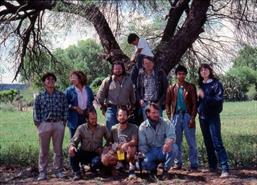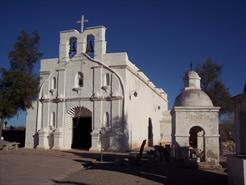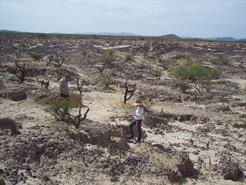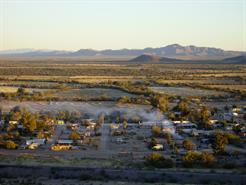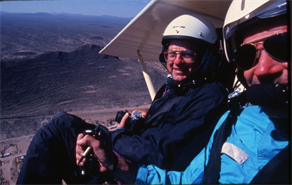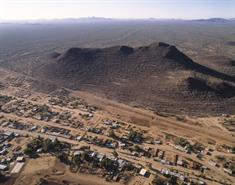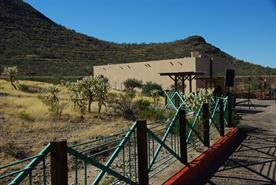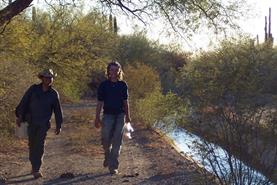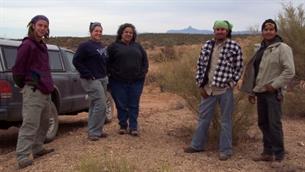
RANDALL H. MCGUIRE

Trincheras Tradition, Sonora
Dark, isolated, volcanic hills dot the landscape of the Sonoran
desert. The prehistoric Trincheras Tradition inhabitants of
this arid region constructed villages and towns on terraces up
the slopes of many of these hills, and built ceremonial
structures on their summits. Today, archaeologists call these
sites cerros de trincheras. Since 1985, Elisa Villalpando of the
Instituto Nacional de Antroplogía e Historia and I have
collaborated to archaeological investigate these sites and the
people who built them. Our collaborative effort crosses the
border to involve Mexican and U.S. archaeologists as equal
partners in research. We have trained a cohort of U.S. and
Mexican students in this collaborative method and it has
become the standard for archaeology in Sonora. The project
has focused on cerros de trincheras, and between 1994 and
1996, we did a major excavation at Cerro de Trincheras, the
largest site of this type. In 2011, México made Cerro de
Trincheras a public Zona Arqueologica with a museum, staff
and interpretive trails. More recently we have worked at cerros
de trincheras in the Río Magdalena and in the Río Altar. We
have asked and answered questions concerning long range
interactions between Mesoamerica and the
Southwest/Northwest, how people lived in the Trincheras
landscape, the activity structure of cerros de trincheras, and the
role of warfare in prehistory.
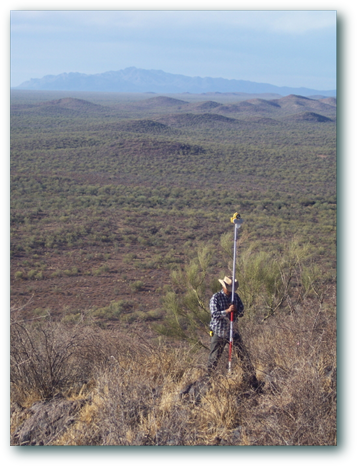

Updated 7/14/2013
The earlier Snaketown instances hint at a possible
purple-on-red tradition, somewhere in northern Mexico, which has a long history but has gone unrecognized.
Emil Haury
purple-on-red tradition, somewhere in northern Mexico, which has a long history but has gone unrecognized.
Emil Haury
